10 BEST places to visit in Spain in August
- Our Hidden Earth

- Aug 13
- 15 min read
Spain in August bursts with colour, flavour, and a vibrant energy that draws travellers from all over the world. The summer sun is at its brightest, casting golden light across historic cities, sparkling coastlines, and rolling countryside.
This is the month when the country truly comes alive, with lively festivals, long beach days, and warm evenings perfect for outdoor dining. From the sun-drenched shores of the Mediterranean to the cool mountain villages in the north, every corner of Spain offers something unique to experience.
August is also a time of tradition, as many towns and cities host their most famous fiestas. The atmosphere is electric, whether you’re watching fireworks over the sea or dancing in the streets to live music. The weather ranges from hot and dry in the south to pleasantly warm in the north, allowing you to choose your perfect climate.
Whether you’re drawn to cultural heritage, natural beauty, or lively celebrations, Spain in August delivers it all. This guide will take you through ten of the best places to visit this month, each offering its own blend of sights, sounds, and flavours to make your trip unforgettable.
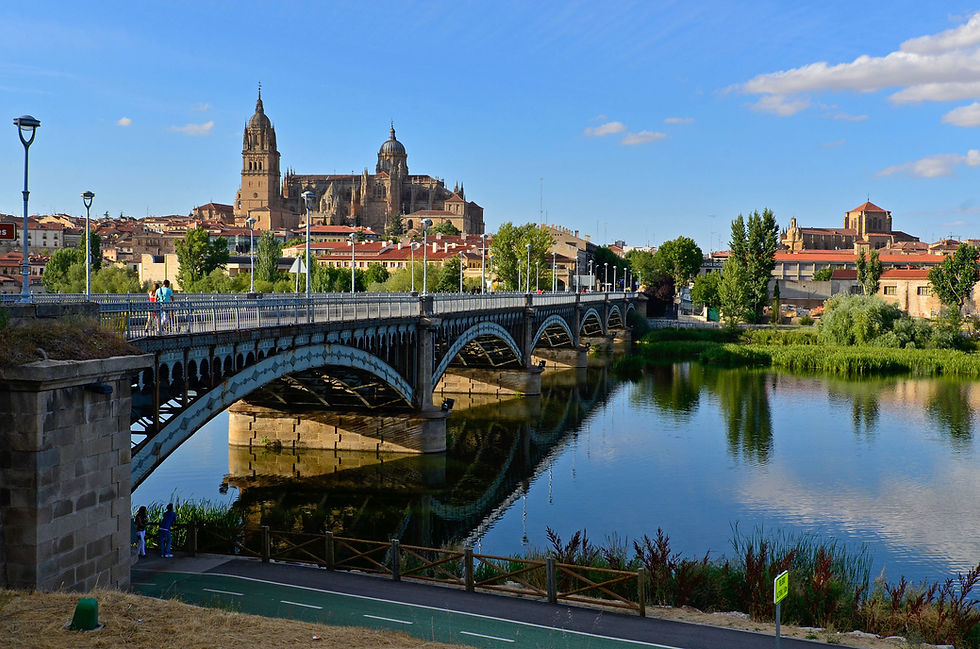
1) Barcelona
Barcelona in August is a vibrant mix of beach relaxation and cultural exploration. The Mediterranean sun warms the golden sands of Barceloneta Beach, inviting visitors to swim or simply lounge under the clear blue sky.
The city hums with life, from the bustling markets of La Boqueria to the tree-lined promenade of Las Ramblas. The warm evenings are perfect for strolling past Gaudí’s masterpieces, such as the Sagrada Família and Casa Batlló, which seem to glow under the soft streetlights.
Festivals are a major highlight this month, especially the Gràcia Festival, where neighbourhood streets transform into elaborate themed displays. The atmosphere is alive with music, dance, and the scent of freshly prepared tapas. Daytime temperatures can be hot, but the sea breeze offers a refreshing balance.
Seafood is at its best in August, with restaurants serving up fresh paella and grilled fish along the waterfront. Cooling drinks like horchata and refreshing sangria are perfect accompaniments to long lunches. The evenings often carry the sound of live guitar music, adding to the city’s romantic feel.
Barcelona in August is a feast for the senses, blending art, culture, food, and coastal beauty into one unforgettable experience. It’s a place where every moment feels like part of a celebration.
FAQs/Things to know before visiting Barcelona
1) Is Barcelona too crowded in August?
Barcelona does attract many visitors in August, especially in popular areas like Las Ramblas and Sagrada Família. However, mornings and late evenings are quieter. Exploring neighbourhoods like Gràcia and Poblenou offers a more relaxed pace. Planning visits to major attractions early or late in the day helps avoid the busiest times.
2) What festivals happen in Barcelona in August?
The Festa Major de Gràcia is the city’s biggest August event, with streets decorated in creative themes and live performances. There are also smaller neighbourhood celebrations. Beachfront concerts are common in the summer. These festivals showcase Barcelona’s vibrant community spirit.
3) What foods should I try in Barcelona in August?
Fresh seafood paella is a must, often paired with chilled white wine. Tapas like patatas bravas and pan con tomate are delicious staples. Horchata made from tiger nuts is a refreshing treat in the heat. Seasonal fruits like melons and peaches are also abundant.
4) Is the weather in Barcelona comfortable in August?
The weather is warm to hot, with temperatures averaging 28–32°C. The sea breeze makes coastal areas more comfortable. Light clothing, sunscreen, and hydration are important. Evenings are pleasantly warm for outdoor dining.
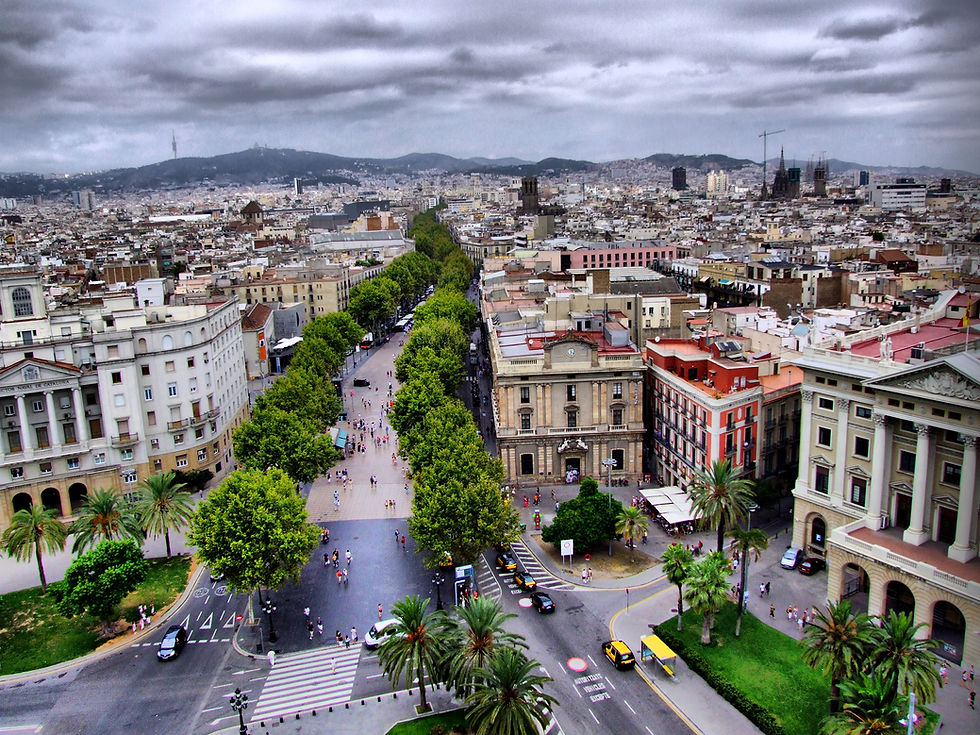
2) Seville
Seville in August is a city of intense heat, colour, and culture. With daytime temperatures often soaring above 35°C, life slows down in the afternoon, making evenings the heart of daily activity.
The historic centre, with its winding lanes and ornate buildings, seems almost frozen in time under the bright Andalusian sun. The scent of orange trees lingers in the air, even in summer’s peak.
August is a quieter month for tourism in Seville, giving you more space to explore landmarks like the Alcázar and Seville Cathedral. The shaded courtyards and tiled interiors provide welcome relief from the heat. Horse-drawn carriages clip-clop past, adding an old-world charm to the streets.
Dining in Seville is an evening affair in August, with locals and visitors gathering at tapas bars once the sun sets. Cold gazpacho and salmorejo are seasonal favourites, offering a refreshing burst of flavour. Flamenco performances continue through the summer, filling the night with passionate music and dance.
Seville in August is about embracing the slower pace, enjoying the city’s beauty in the cooler hours, and savouring every bite and note of its rich culture. It’s a place that rewards those who adapt to its rhythm.
FAQs/Things to know before visiting Seville
1) Is Seville too hot to visit in August?
Seville is one of the hottest cities in Spain in summer, with midday temperatures above 35°C. The key is to plan activities in the morning and evening. Afternoons are best spent indoors or in shaded spots. Light clothing and water are essential.
2) What foods should I eat in Seville in August?
Cold soups like gazpacho and salmorejo are ideal for the heat. Grilled seafood and Iberian ham are also popular. Local wines and sherries pair well with tapas. Seasonal fruit like watermelon is refreshing.
3) What activities are best in Seville in August?
Visit the Alcázar early in the day. Explore shaded courtyards and gardens. Attend an evening flamenco show. Enjoy late-night dining in vibrant neighbourhoods.
4) Is Seville crowded in August?
It is less crowded than springtime, as some tourists avoid the heat. Attractions are more accessible. Local life slows down, adding to the relaxed feel. Nights are lively in dining and entertainment areas.
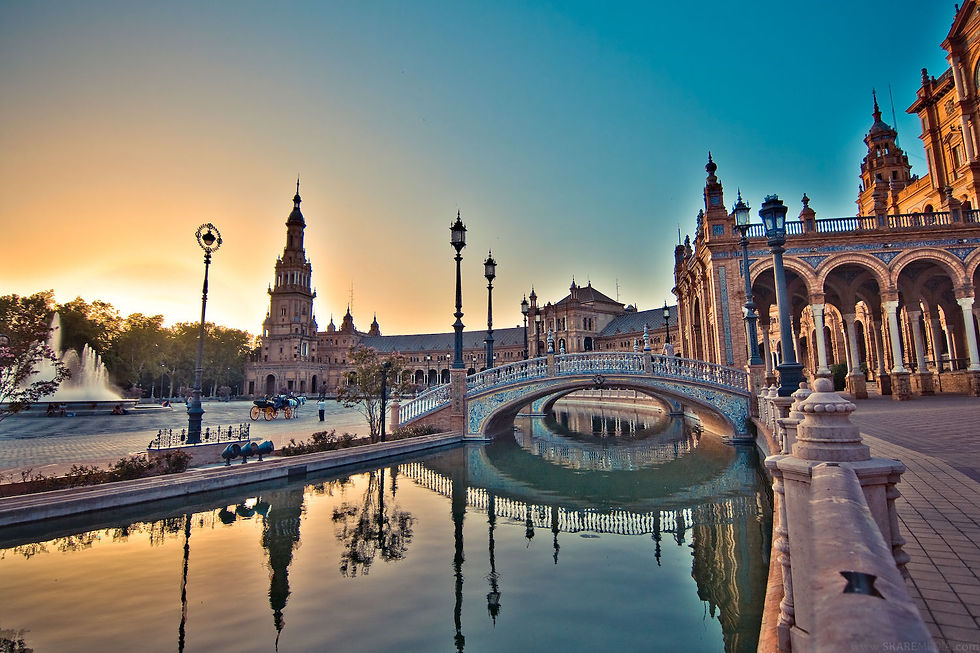
3) San Sebastián
San Sebastián in August is a haven for food lovers and beachgoers alike. Located in the Basque Country, it enjoys warm but comfortable temperatures, often around 25°C. The city’s crescent-shaped La Concha Beach is perfect for swimming and sunbathing. The surrounding hills create a dramatic backdrop, especially at sunset.
August is also the height of San Sebastián’s festival season, with music, theatre, and cultural events filling the calendar. The International Fireworks Competition lights up the night sky, drawing crowds to the seafront. Pintxos bars in the Old Town overflow with locals and visitors enjoying bite-sized culinary masterpieces.
The city’s markets are rich with seasonal produce, from ripe tomatoes to fresh anchovies. Outdoor dining is popular, with tables spilling onto cobblestone streets. Strolling along the promenade offers views of both the sea and the elegant architecture.
San Sebastián in August is a blend of coastal relaxation and cultural indulgence. Every meal and every view seems crafted to perfection, making it a memorable summer destination.
FAQs/Things to know before visiting San Sebastián
1) Is the weather in San Sebastián good in August?
Yes, August offers warm days and mild evenings, perfect for beach and outdoor activities. Average temperatures hover around 25°C. Occasional rain showers keep the scenery lush. The sea is warm enough for comfortable swimming.
2) What festivals happen in San Sebastián in August?
The International Fireworks Competition is the highlight, with nightly displays over the bay. There are also music and theatre events throughout the city. Local fiestas add to the festive atmosphere. The cultural calendar is packed during this month.
3) What foods should I try in San Sebastián in August?
Pintxos are a must, with toppings like anchovies, prawns, and cured meats. Fresh seafood is abundant. Seasonal vegetables feature in many dishes. Basque cheesecake is a sweet treat to end the day.
4) Is San Sebastián crowded in August?
Yes, it’s a popular time for both locals and international visitors. Beaches and Old Town can be busy during peak hours. Visiting early in the day offers more space. The lively atmosphere is part of the charm.

4) Granada
Granada in August is a city of contrasts, where the scorching afternoon sun meets the cool, shaded courtyards of the Alhambra. The mornings are perfect for exploring this iconic Moorish palace, its intricate tilework and tranquil gardens glistening under the early light.
The Sierra Nevada mountains rise in the distance, their peaks offering a fresh breeze when the city heats up. The scent of jasmine fills the narrow lanes of the Albaicín quarter, adding to the romance of the city.
While August is warm, Granada’s evenings are magical. Locals gather in outdoor plazas, and the soft strum of a guitar often drifts through the air. Tapas bars serve generous portions, often free with your drink, making dining here both delicious and affordable. Cold gazpacho and fresh melon provide welcome refreshment.
The city also comes alive with cultural events in August. Outdoor theatre performances and flamenco shows often take place under the stars. The blend of Moorish and Spanish heritage is visible everywhere, from architecture to cuisine.
Granada in August is a feast for the senses. It invites you to slow down, seek shade during the heat of the day, and embrace the beauty of its rich history.
FAQs/Things to know before visiting Granada
1) Is Granada too hot in August?
Granada can be hot, especially in the afternoon, with temperatures around 34°C. Morning and evening are the best times for exploring. Many attractions have shaded areas or indoor sections. Staying hydrated and taking breaks is essential.
2) What foods should I try in Granada in August?
Tapas are a highlight, often served free with drinks. Cold soups like gazpacho are refreshing. Grilled sardines and seasonal fruit like melon are popular. The mix of Moorish spices adds unique flavours to many dishes.
3) What activities are best in Granada in August?
Visit the Alhambra early in the morning. Wander the Albaicín quarter’s narrow streets. Attend a flamenco performance in the evening. Relax in shaded plazas with a cool drink.
4) Is Granada crowded in August?
Yes, the Alhambra draws many visitors year-round, including August. Booking tickets in advance is advised. Early visits avoid the biggest crowds. Smaller neighbourhoods remain more peaceful.
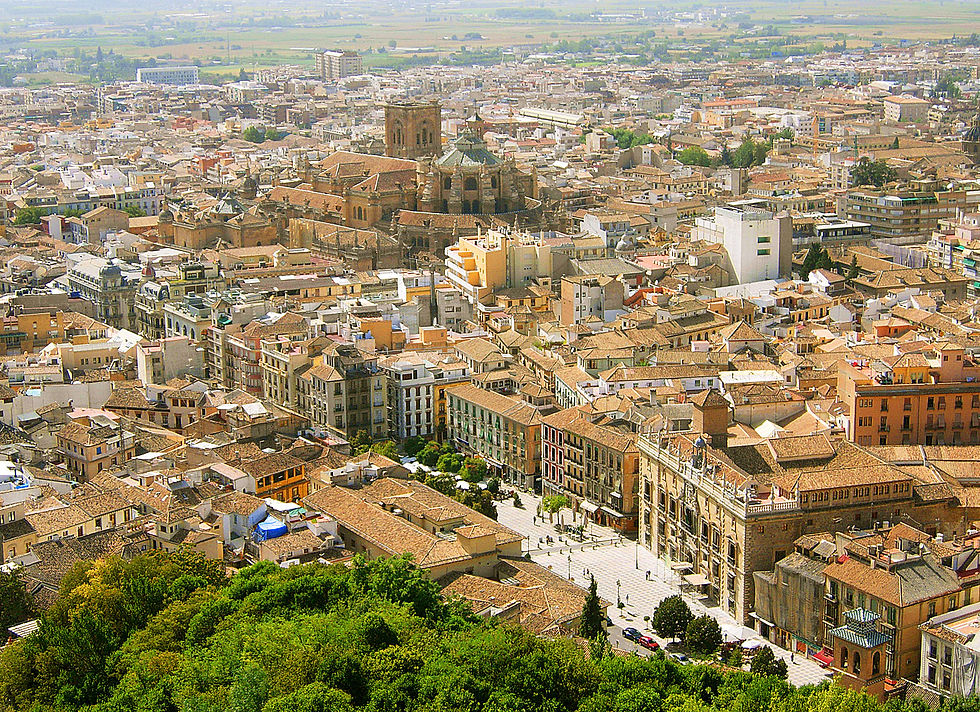
5) Valencia
Valencia in August is a city that balances beach life with cultural heritage. The Mediterranean waters are warm and inviting, and the sandy Malvarrosa Beach is perfect for sunbathing or swimming.
The historic centre offers a break from the sun, with its Gothic buildings and shaded squares. The futuristic City of Arts and Sciences gleams under the summer light, offering both entertainment and shelter from the midday heat.
August in Valencia also means seasonal food at its freshest. Paella, the city’s most famous dish, is particularly good this time of year, with seafood caught fresh from the coast. Horchata, served with sweet fartons pastries, is a cooling afternoon treat. Markets overflow with ripe tomatoes, melons, and peaches.
Cultural life doesn’t pause for the summer heat. Outdoor concerts and movie screenings are common in public spaces. Evening walks along the Turia Gardens, a former riverbed turned park, are especially pleasant. The sea breeze keeps nights warm but comfortable.
Valencia in August offers a mix of relaxation, gastronomy, and vibrant city life. It’s an ideal spot for travellers wanting both culture and coast in one trip.
FAQs/Things to know before visiting Valencia
1) Is Valencia good for visiting in August?
Yes, the warm weather is perfect for beach activities. The city offers a good balance between seaside relaxation and cultural exploration. Sea breezes make evenings pleasant. There are plenty of indoor attractions for hotter afternoons.
2) What foods should I eat in Valencia in August?
Paella Valenciana is a must-try. Horchata with fartons is refreshing. Fresh seafood and seasonal fruits are abundant. Tapas bars offer a variety of local dishes.
3) What activities are popular in Valencia in August?
Spend time at Malvarrosa Beach. Visit the City of Arts and Sciences. Explore the historic centre’s cathedrals and plazas. Walk or cycle through the Turia Gardens in the evening.
4) Is Valencia crowded in August?
The beaches can be busy, especially on weekends. Tourist spots see moderate crowds. Visiting early or later in the day helps avoid peak times. The city centre remains lively but manageable.
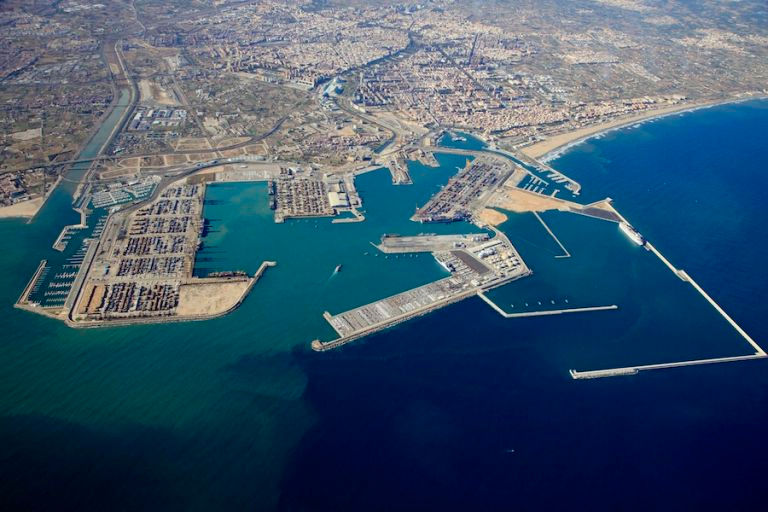
6) Madrid
Madrid in August offers a unique blend of vibrant city life and a surprisingly relaxed atmosphere. Many locals leave for the coast, which means quieter streets and shorter queues at major attractions.
The Royal Palace gleams under the bright summer sun, while the shaded gardens of El Retiro Park provide a peaceful escape. The Prado and Reina Sofía museums are perfect for cooling off while admiring world-class art.
The city’s weather can be hot, with average highs around 33°C, but evenings are cooler and perfect for outdoor dining. Terraces fill with people enjoying tapas and chilled glasses of tinto de verano. The scent of grilled seafood and garlic drifts through narrow streets.
August also brings the city’s neighbourhood festivals, like the Verbena de la Paloma, where streets are decorated and live music fills the air. Markets sell fresh seasonal produce, from juicy melons to ripe figs. Madrid’s energy at night is irresistible, with plazas buzzing until the early hours.
Visiting Madrid in August is about embracing its slower rhythm during the day and its lively spirit after sunset. It’s a chance to enjoy Spain’s capital in a more laid-back, local way.
FAQs/Things to know before visiting Madrid
1) Is Madrid too hot in August?
Yes, temperatures can reach over 33°C, so it’s best to plan indoor visits during midday. Mornings and evenings are ideal for walking tours. Many attractions have shaded areas or air conditioning. Staying hydrated is essential.
2) What festivals take place in Madrid in August?
The Verbena de la Paloma is the most famous, featuring music, dancing, and traditional costumes. Smaller neighbourhood festivals also occur. These events bring a strong sense of community. They’re perfect for experiencing local culture.
3) What foods should I try in Madrid in August?
Cold gazpacho and salmorejo are refreshing in the heat. Tapas like croquetas and tortilla española are staples. Fresh fruit such as melons and figs are abundant. Churros with chocolate are a sweet evening treat.
4) Is Madrid crowded in August?
The city is less crowded as many residents leave for holidays. Tourist attractions are easier to enjoy without long waits. Some small shops may close, but most restaurants and sites remain open. This makes it a pleasant time to visit.
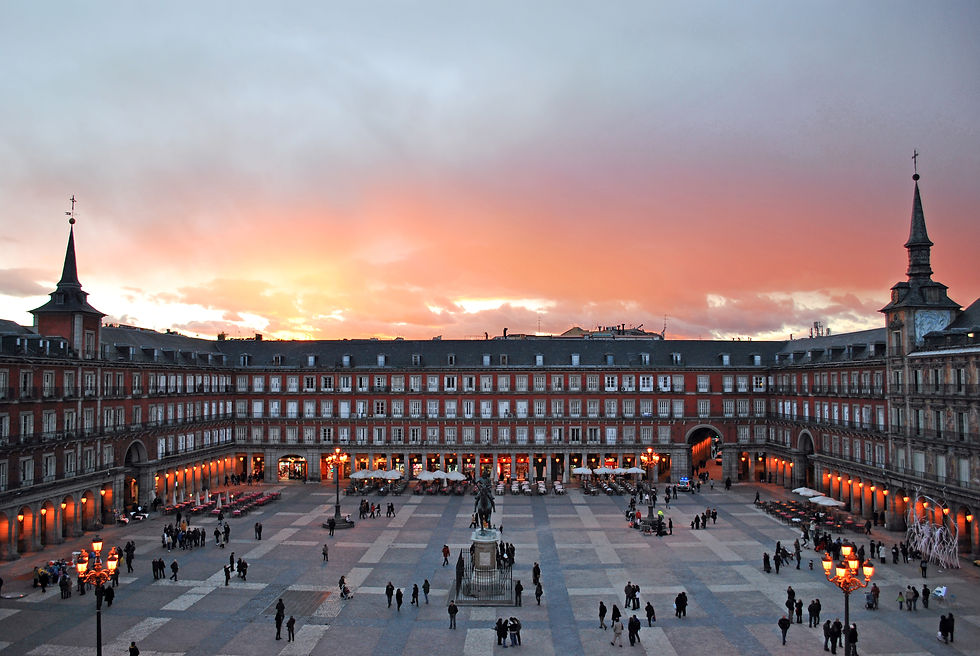
7) Málaga
Málaga in August is the perfect mix of sun, sea, and Andalusian charm. The Costa del Sol shines under cloudless skies, with beach temperatures hovering around 30°C. The sandy beaches, from La Malagueta to Pedregalejo, are ideal for sunbathing and swimming. The warm Mediterranean waters offer a refreshing escape from the heat.
The city’s August highlight is the Málaga Fair, or Feria de Agosto, a week-long celebration filled with music, dancing, and colourful parades. Streets are decorated, and locals wear traditional costumes. The air is filled with the aroma of grilled sardines and sweet wine.
During the day, you can explore the Alcazaba fortress and Gibralfaro Castle for panoramic views of the coast. The Picasso Museum celebrates the city’s most famous son with an impressive collection. Evenings come alive with open-air concerts and flamenco shows.
Málaga in August combines cultural richness with seaside relaxation. It’s a destination where every day can be as lively or as laid-back as you wish.
FAQs/Things to know before visiting Málaga
1) What is the Málaga Fair like in August?
The Málaga Fair is a lively festival with music, dance, and colourful costumes. Daytime events take place in the city centre, while the fairgrounds host nighttime celebrations. Food and drink stalls are plentiful. It’s one of Spain’s most famous summer fiestas.
2) Is Málaga too hot in August?
Temperatures average around 30°C, making beach activities ideal. The sea breeze helps keep the heat comfortable. Afternoons can be warm, so many people rest indoors. Evenings are pleasant and perfect for exploring.
3) What foods should I eat in Málaga in August?
Espetos de sardinas (sardines grilled on skewers) are a local favourite. Sweet Málaga wine pairs well with tapas. Fresh seafood is abundant. Seasonal fruits like figs and melons add a refreshing touch.
4) Is Málaga crowded in August?
Yes, it’s peak tourist season, especially during the fair. Beaches and attractions can be busy. Visiting early in the day helps avoid large crowds. The lively atmosphere is part of its charm.
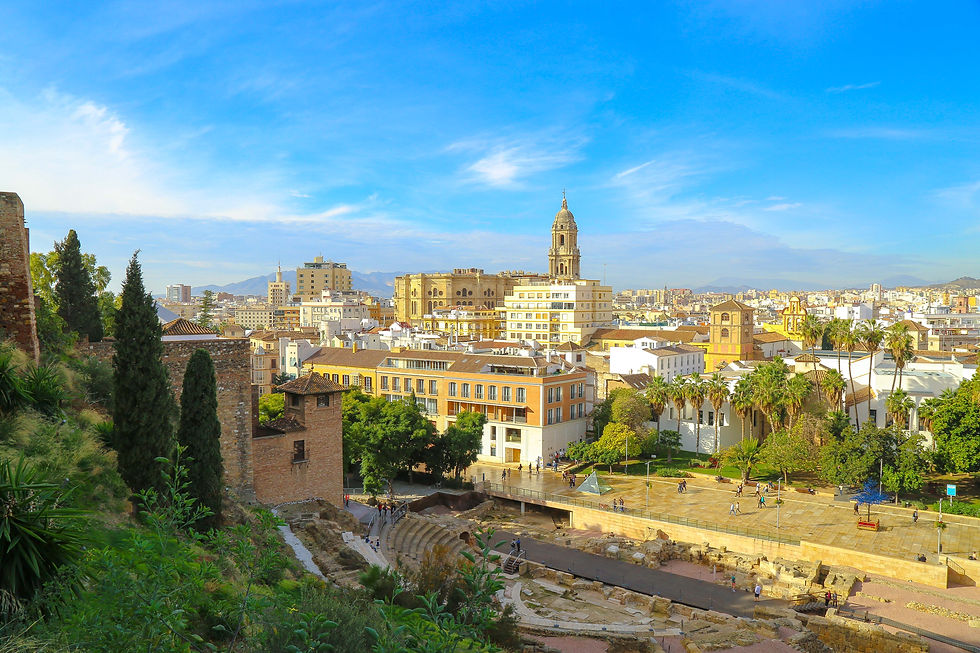
8) Bilbao
Bilbao in August offers a refreshing mix of Basque culture, art, and coastal breezes. The weather is mild compared to southern Spain, with average temperatures around 25°C.
The city’s star attraction, the Guggenheim Museum, dazzles under the summer sun, its titanium curves reflecting light in every direction. The riverfront promenade is perfect for leisurely walks.
August is also festival season, with Aste Nagusia, the city’s biggest event, filling the streets with parades, concerts, and fireworks. Locals dress in blue and white, and the city vibrates with music and laughter. Food stalls serve Basque specialities, from pintxos to grilled fish.
Beyond the city, green hills and the Bay of Biscay offer opportunities for day trips. Beaches like Sopelana are popular for surfing and sunbathing. The blend of urban energy and natural beauty makes Bilbao unique.
Bilbao in August is a cultural feast wrapped in a friendly, festive atmosphere. It’s perfect for travellers who enjoy both city life and nature.
FAQs/Things to know before visiting Bilbao
1) What is Aste Nagusia in Bilbao?
Aste Nagusia is a nine-day festival in August with concerts, parades, and fireworks. It’s the city’s biggest celebration. Locals and visitors join together for music and dancing. The atmosphere is joyful and welcoming.
2) Is Bilbao hot in August?
No, temperatures are mild, averaging around 25°C. The climate is comfortable for walking and outdoor activities. Occasional rain keeps the scenery green. Coastal breezes add to the pleasant weather.
3) What foods should I try in Bilbao in August?
Pintxos are a must, with toppings like anchovies, peppers, and cured meats. Fresh seafood is excellent in summer. Basque cheesecake is a local dessert worth trying. Seasonal produce enhances many dishes.
4) Is Bilbao crowded in August?
The city is busier during Aste Nagusia. Festivals attract both locals and tourists. Visiting attractions early in the day helps avoid queues. The lively energy is part of the experience.

9) Salamanca
Salamanca in August is a golden city under the summer sun. Its sandstone buildings, especially the Plaza Mayor, glow warmly in the afternoon light. The historic university adds a scholarly charm, with centuries-old libraries and courtyards. Despite the heat, the city’s dry climate makes walking tours comfortable in the morning and evening.
August is a quieter month here, giving visitors more space to enjoy the architecture and atmosphere. Cafés spill onto shaded plazas, serving iced coffee and light tapas. Evening concerts and theatre performances often take place in open-air venues.
The food scene in August highlights local meats, cheeses, and fresh produce. Dishes like hornazo, a meat-filled pastry, are regional favourites. The city’s relaxed pace makes it ideal for slow exploration.
Salamanca in August is perfect for travellers who appreciate history, architecture, and a calmer summer destination. The golden glow of its streets stays with you long after you leave.
FAQs/Things to know before visiting Salamanca
1) Is Salamanca hot in August?
Yes, temperatures can reach 30°C, but the dry air makes it more comfortable. Mornings and evenings are cooler. Shaded streets and plazas offer relief. Light clothing and hydration are recommended.
2) What foods should I try in Salamanca in August?
Hornazo is a local speciality. Cured meats and cheeses are widely available. Seasonal fruits like melons and peaches are sweet and refreshing. Tapas bars offer a variety of small dishes.
3) What activities are best in Salamanca in August?
Explore Plaza Mayor and the university buildings. Visit cathedrals in the cooler hours. Attend evening cultural events. Enjoy leisurely meals in shaded plazas.
4) Is Salamanca crowded in August?
No, it’s quieter than other Spanish cities this month. Tourist spots are easier to visit without long waits. The relaxed vibe is ideal for slow travel. This makes it a peaceful summer choice.

10) Córdoba
Córdoba in August is a city of rich history and vivid summer colours. The Mezquita, with its striking arches and intricate designs, is a must-see in the cooler morning hours. Narrow streets in the old Jewish quarter provide shade, while flower-filled patios add bursts of colour. The Guadalquivir River glimmers under the bright sun.
The heat can be intense, but the city adapts with a slower rhythm. Afternoons are for rest, and evenings come alive with music, food, and conversation. Tapas bars serve dishes like salmorejo and fried aubergines drizzled with honey. Seasonal fruits add freshness to every meal.
Cultural events in August include flamenco performances and open-air concerts. Local markets overflow with produce and artisan goods. The scent of spices and grilled meat fills the night air.
Córdoba in August is a blend of Moorish heritage and Andalusian hospitality. It’s a city that shines brightest in the cooler hours, rewarding those who explore at a gentle pace.
FAQs/Things to know before visiting Córdoba
1) Is Córdoba too hot in August?
Yes, midday temperatures can exceed 35°C. Visiting in the morning and evening is best. Many attractions have shaded areas. Staying indoors during peak heat is common.
2) What foods should I try in Córdoba in August?
Salmorejo is a local favourite. Fried aubergines with honey are a sweet-savoury treat. Grilled meats are popular in the evenings. Seasonal fruits like watermelon are refreshing.
3) What activities are best in Córdoba in August?
Visit the Mezquita early in the day. Wander the Jewish quarter’s shaded lanes. Attend an evening flamenco show. Explore local markets after sunset.
4) Is Córdoba crowded in August?
It’s less crowded than in spring, though major sights still attract visitors. Early or late visits avoid the busiest times. Evening events draw both locals and tourists. The atmosphere remains lively.

Spain in August is a country at its most alive, offering everything from sun-soaked beaches to shaded historic streets. The heat is balanced by cool sea breezes, mountain air, and long summer nights filled with music and laughter.
Whether you’re drawn to the vibrant festivals of Málaga and Bilbao, the architectural treasures of Granada and Córdoba, or the coastal beauty of San Sebastián and Valencia, every destination has its own magic this month.
Travelling in August means embracing Spain’s rhythm; slowing down in the afternoons, exploring early or late in the day, and making the most of warm evenings. Seasonal foods, from fresh seafood to chilled soups, add to the experience, while local festivals immerse you in traditions that have lasted for generations.
No matter where you go, Spain in August offers a rich tapestry of sights, sounds, and flavours. It’s a time to savour the country’s energy and beauty, leaving you with memories that will last long after summer ends.
When exploring these hidden gems, always consider hiring a guide or joining a tour group, as some locations may require local expertise for the best experience.
Did you know we have a Hidden Gem Finder on our website? This handy little map shows over 13,000 hidden gems across the entire world with their exact co-ordinates available to view on Google Maps as well as an image/description for each one!











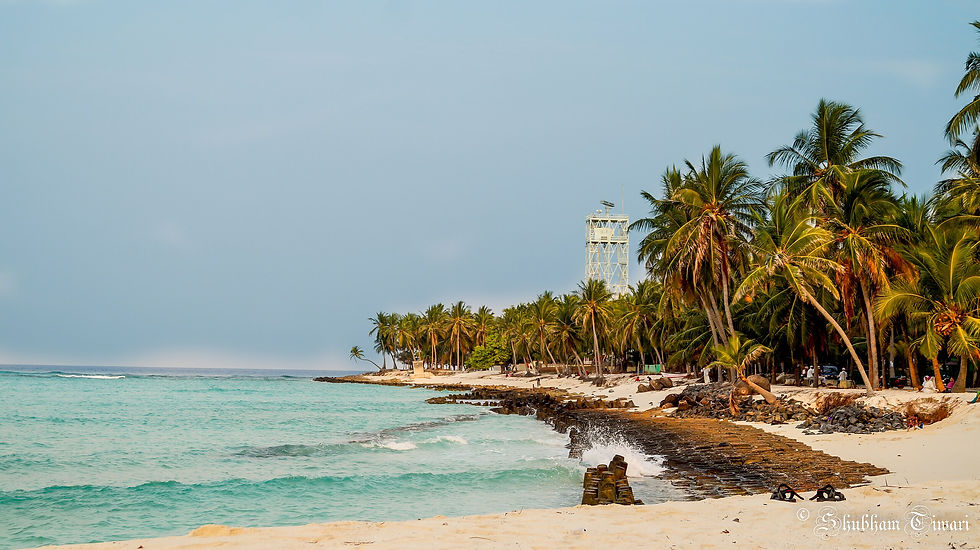
Comments